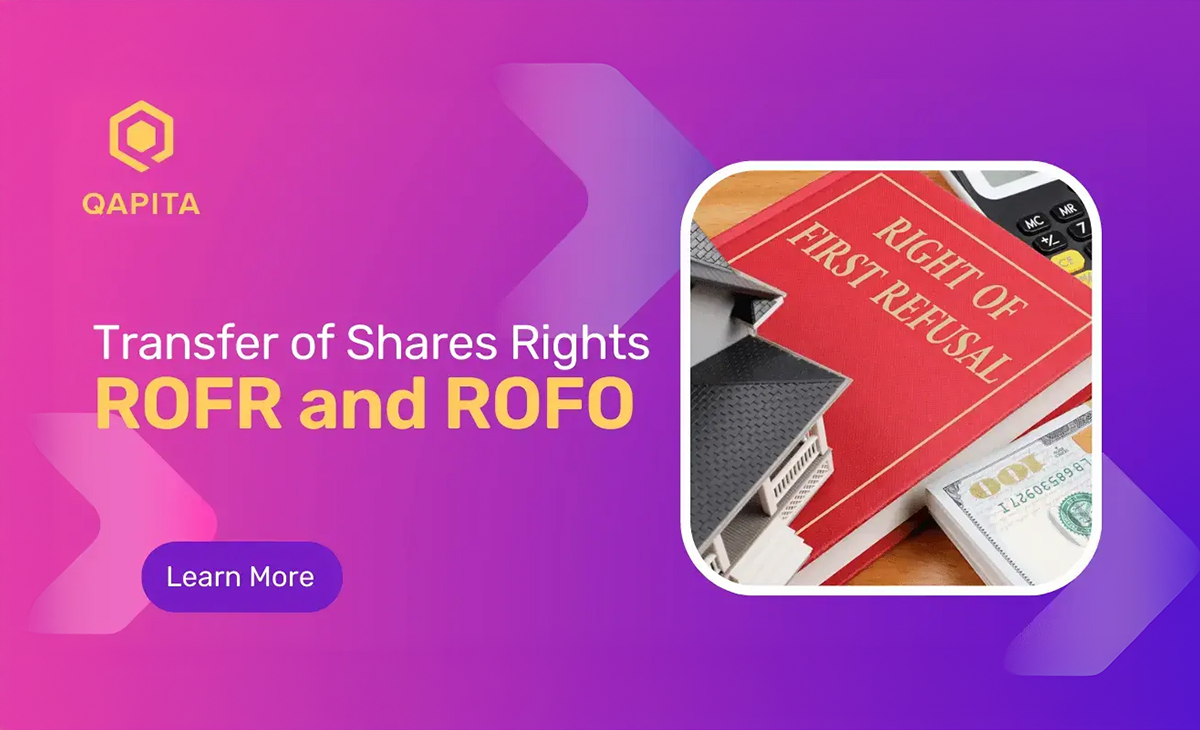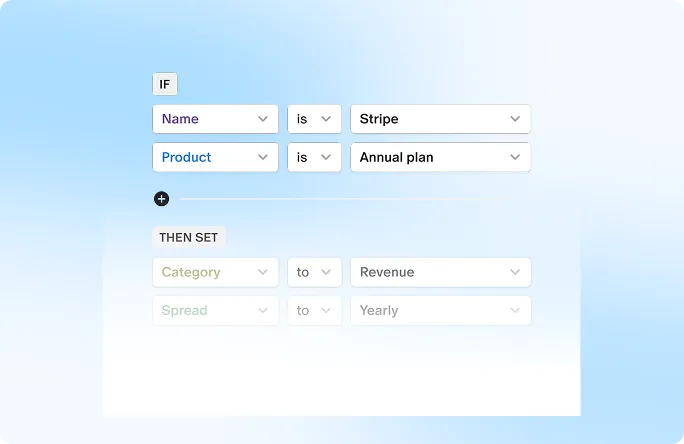In this blog, let's talk about a few 'Transfer of Shares' rights that are typically given to investors and in some cases to other shareholders too. Let's talk about the most popular set that founders would have typically heard of ROFR and ROFO. We'll cover a few more in the coming blogs Tag-Along & Drag Along rights as well as Promoter Lock-in in the next blog.
What are Transfer of Shares Rights?
Well as the name indicates, these are certain contractual rights given to shareholders that govern the transfer of shares by a set of shareholders to a third party.
How are they different from Pre-emptive rights
Like we discussed in our previous blog preemptive rights concern issuance of fresh shares by the company for investment going into the company, while transfer of shares apply to sales of shares by an existing shareholder to typically a third party. In this case the consideration against the shares obviously goes towards the selling shareholder.
In this blog, we discuss ROFO and ROFR.
What is ROFR?
ROFR stands for Right of First Refusal.
Simply put, ROFR is the right given to a shareholder (or a set of shareholders) to have an opportunity to buy shares of the selling shareholder at the same price and terms or higher as being offered by a potential third party buyer.
Key things to Note:
1. In case a shareholder is looking to sell shares to a third party ROFR basically mandates this selling shareholder to offer their shares to the right holder on the same terms as the bid from a third-party potential buyer.
2. Hence, whenever ROFR is applied, it is assumed that the selling shareholder is supposed to receive a bid for the given number of shares from a potential third party buyer.
3. Shareholder(s) with ROFR can then choose to buy the shares at the same price (or higher) and terms or 'Refuse' the offer ⇒ Hence the name: 'Right of First Refusal' i.e., only after they first refuse to buy themselves is when the seller can sell to the third-party buyer at the same price or a higher price.
What is ROFO?
ROFO stands for Right of First Offer.
Essentially, it's for the same purpose as ROFR, but with a slight difference in the process. Unlike ROFR where the selling shareholder has to first receive a bid from a third-party buyer before offering it to the ROFR shareholder,
In case of ROFO the selling shareholder needs to first offer the shares to the shareholder(s) with ROFO before soliciting any third party bids. Hence the term 'Right of First Offer'
- Post receiving the offer, the shareholder(s) with ROFO has the option to bid for the shares with a particular price.
- The seller can either choose to trade with the shareholder(s) with ROFO or go into the market and sell to a bidder with a higher price than what was offered by rights holder(s).
Key Aspects about ROFO and ROFR to Take Note of:
1. Intention of these Rights: Both these rights ROFO and ROFR give a higher priority to shareholders with these rights (typically the investors) to potentially buy shares before they are sold to a third-party buyer. This provides an option for shareholders to not just acquire a larger share in the company but also prevent any unwanted shareholder to acquire shares by bidding a higher price. Hence strategic stakeholders in a company would prefer to have these rights.
2. Investor Rights: In most cases, these rights are given by founders to the investors. So that founders do not sell their shares to third parties who the investors do not desire to bring on the captable. Also, investors feel they need to have the option of buying any shares that are being offered in the market preemptively to increase their stake further.
3. Promoter ROFO/ROFR on Investor Shares: While it is not very common, it would also make sense for promoters or founders to have transfer rights for transfer of shares by investor. Given their strategic interest and alignment with the company and the fact that mostly they also turn out to be a majority shareholder on the captable, it would make sense for Promoters or Founders too to have ROFO/ROFR rights on the investor's shares. This is to ensure; investors do not opportunistically sell to a third-party buyer which might jeopardize the company's future interest. (Eg: selling a significant stake to a competitor or a mis-aligned buyer etc.)
4. While the clause is quite generic and can apply to any category of shareholders, it is typically observed that these rights are given in favour of investors for transfer of shares by promoters and other shareholders.
How are these Rights Worded in an SHA?
Here is a quick example for ROFR. There is no standard template as such.
If any of the Founders (or other Shareholders) decide to Transfer ('Selling Shareholder') all or part of the Shares held by such Selling Shareholder ('Sale Shares') to any Person, then such Selling Shareholder unconditionally and irrevocably grants to the Investor a prior right (but not an obligation) to purchase all or a portion of the Sale Shares at the same price and on the same terms and conditions as those offered to a third party buyer.
Founders should Additionally Watch out for:
Acceptance Period: ROFR and ROFO clauses comes with an Acceptance Period which defines the duration the right holder has to respond to the offer. Typically, this duration is 30 days. Avoid having it longer than 30 days.
Lock-In clauses: Founders should be cautious of any Promoter Lock-In clauses in SHA which will prohibit any full or part transfer of shares to a third party (we'll cover this in the upcoming series). This will play out even before ROFO/ROFR triggering! So prior approval from investors needs to be taken even before finding a third-party buyer. More on this soon.
Tag-Along Clauses: Along with ROFO and ROFR, Investors typically also have tag clauses which gives them right to tag along their shares in sale of any shares by the promoters. This might impact the actual number of shares the promoters can sell. We'll cover this too shortly.
ROFR vs. ROFO: It is advisable for founders to negotiate giving investors a ROFO instead of ROFR as it also puts onus on investor to determine a reasonable price instead of just accepting or rejecting a price given by a third party (in case of ROFR). This gives an option to the selling shareholder to either accept the price or go to the market in anticipation of a higher price. Thus, selling shareholders in case of ROFO might maximise a higher value.
Mind the Language: While what is mentioned in this blog is assuming the usual clauses seen in SHAs, Founders should note that these are contractual rights, and the terms and language can be completely customized by the parties to suit their needs. So be careful of what you are signing up for. Avoid giving away these rights to all shareholders/investors. You can limit it to strategic or lead investors who have a significant shareholding.


 Equity management
Equity management

 Fund management
Fund management

 Fund management
Fund management

 Fund management
Fund management










































